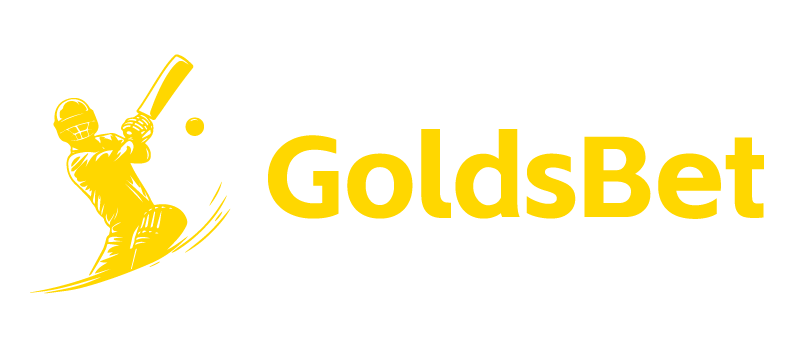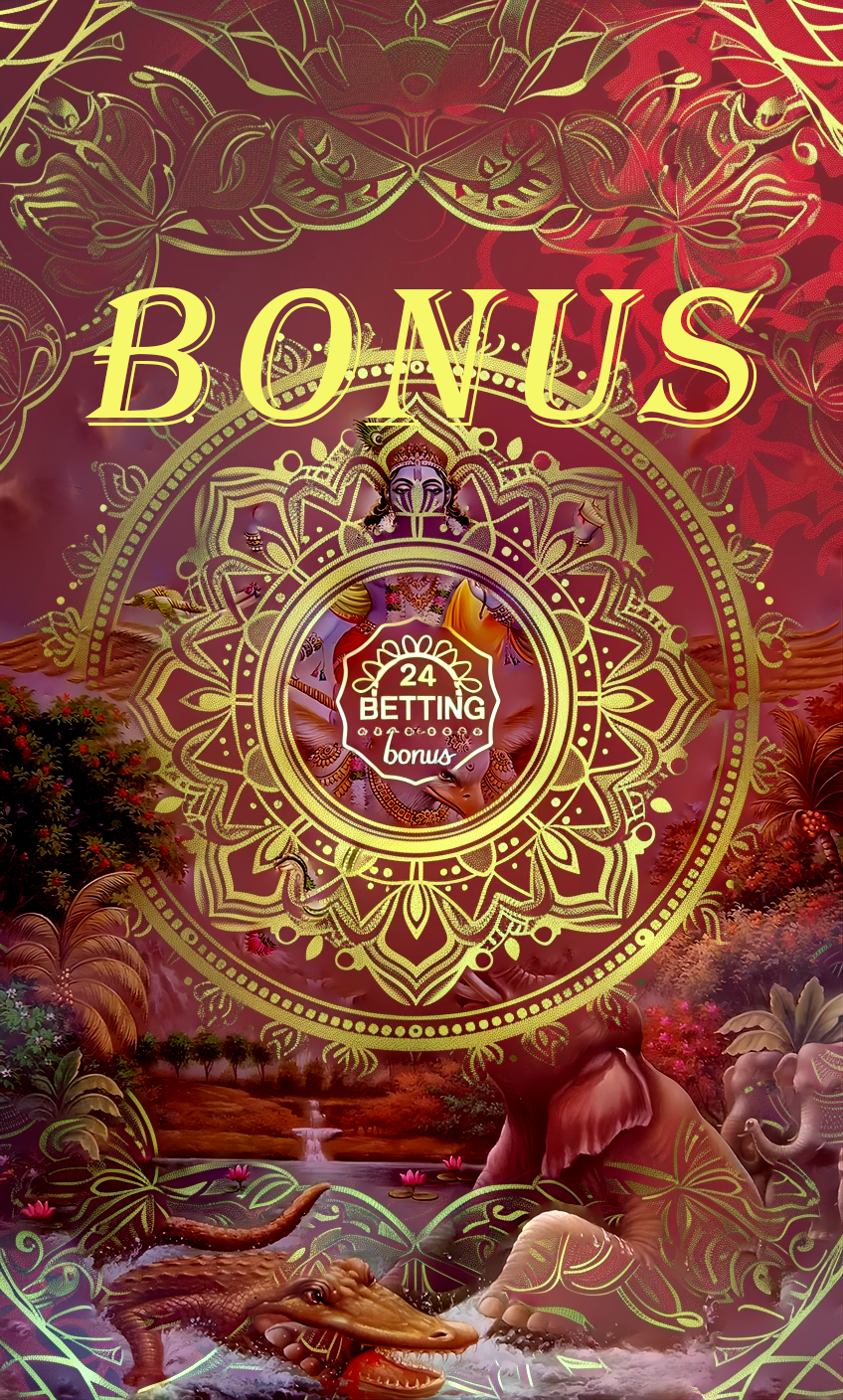Blackjack 21: Ultimate Strategy Guide
Introduction to Blackjack
What is Blackjack? – History & Basic Gameplay
Blackjack, also known as 21, is one of the most popular casino games worldwide. Its origins can be traced back to the 18th century, evolving from a French card game called Vingt-et-Un. The game pits players against the dealer, aiming to get a hand value as close to 21 as possible without exceeding it. Basic gameplay involves players receiving two cards face up, and the dealer receiving one card face up and one face down.
The Goal of Blackjack – Getting to 21
The primary goal in blackjack is to beat the dealer. You can do this in several ways: by getting a higher hand value than the dealer without busting (going over 21), or by the dealer busting while you have a hand of 21 or less. Many players enjoy using platforms like GoldsBet to practice and refine their skills before playing with real money.
Blackjack Terminology – Understanding the Lingo
To fully understand the game, it's essential to know the terminology. Hit means taking another card. Stand means declining to take another card. Split allows you to divide a pair into two separate hands. Double Down lets you double your bet and receive only one additional card. Surrender allows you to forfeit your hand and recover half your bet. A Push is a tie between the player and the dealer, resulting in a return of the bet. Bust signifies exceeding 21, automatically losing the hand. Exploring apps like GoldsBet can help you learn these terms quickly.
House Edge & Why Strategy Matters
Blackjack has a relatively low house edge compared to other casino games, but it's still present. The house edge refers to the casino’s average profit from each bet. Strategic play significantly reduces this edge. Unlike many casino games driven purely by luck, blackjack rewards skillful decision-making, making learning and employing optimal strategy crucial for maximizing your chances of winning.

Understanding the Cards & Values
Card Values – Ace, 2-10, Jack, Queen, King
Card values are straightforward. Numbered cards (2-10) retain their face value. Jack, Queen, and King are each worth 10. An Ace can be worth 1 or 11, depending on which value benefits the hand the most.
Deck Composition – Single Deck vs. Multiple Decks
Blackjack is played with different numbers of decks, ranging from a single deck to eight or more. The number of decks impacts the odds, with single-deck games generally offering the best player advantage (though they are becoming rarer). Multiple decks are more common in casinos and online, making card counting more challenging. Sites like goldsbet.in often offer games with varying deck configurations.
The Importance of Counting Cards (Brief Overview)
Card counting, while legally not prohibited, involves tracking the ratio of high to low cards remaining in the deck. It’s complex and requires significant practice. Knowing which cards have been dealt can slightly improve your odds, but casinos are adept at detecting this practice.
Basic Blackjack Strategy – The Foundation for Winning
Hard Hands Strategy – A Chart & Explanation
A hard hand is one that doesn't contain an Ace, or where the Ace is valued at 1. Basic strategy charts detail the optimal play (hit, stand, double down, or split) based on your hand and the dealer’s upcard.
Soft Hands Strategy – A Chart & Explanation
A soft hand contains an Ace valued at 11. Soft hands offer more flexibility as the Ace can be valued at 1 if necessary to avoid busting. Again, basic strategy charts provide optimal plays for soft hands.
Pairs Splitting Strategy – When to Split & When to Hold ‘Em
Splitting pairs can significantly increase your potential winnings, but it's not always the correct move. Generally, you should split Aces and 8s. Avoid splitting 10s, as having two hands of 20 is a strong position. The excitement of a blackjack game online increases when knowing when to split!
Doubling Down Strategy – Optimal Situations for Doubling
Doubling down allows you to increase your bet significantly but receive only one more card. Optimal situations include having a hand of 11, a hand of 10 against a dealer's upcard of 9 or less, and certain soft hands.
When to Stand – Knowing When to Hold Your Cards
Standing is crucial. Generally, stand on hands of 17 or higher. Remember to consider the dealer’s upcard when deciding to stand.
When to Hit – Knowing When to Take Another Card
Hit when your hand is 16 or lower, or when you feel you need to improve your hand against a stronger dealer upcard.
Advanced Blackjack Strategy
Understanding Dealer’s Play – Rules & Limitations
Dealers typically follow strict rules, usually hitting on 16 or less and standing on 17 or more. Understanding these rules helps you anticipate the dealer’s actions.
Insurance Bets – Analyzing the Odds & When to Avoid
Insurance bets are offered when the dealer’s upcard is an Ace. They essentially bet that the dealer has blackjack. The odds are generally unfavorable, making it a bet to avoid in most cases.
Surrender – Early vs. Late Surrender & When to Use It
Surrender allows you to forfeit your hand and recover half your bet. Early surrender allows this before the dealer checks for blackjack, while late surrender comes after. Late surrender is more common and can be useful in specific situations.
Reading the Table – Observing Opponent Play & Dealer Tendencies
Observing other players can give clues about card distribution, though this is less reliable. Similarly, watching the dealer's patterns (though most dealers are randomized) could give a slight edge.
Card Counting – Beyond Basic Strategy
The Hi-Lo System – Explained Step-by-Step
The Hi-Lo system is a relatively simple card counting method. Cards 2-6 are assigned a value of +1, 7-9 are 0, and 10-Ace are -1. You keep a running count by adding or subtracting these values as cards are dealt.
Running Count vs. True Count – Understanding the Difference
The running count needs to be adjusted for the number of decks remaining. The true count is calculated by dividing the running count by the estimated number of decks left.
Bet Spreading – Adjusting Bets Based on the Count
A positive true count indicates more high cards remaining, favoring the player. Bet spreading involves increasing your bets when the true count is positive and decreasing them when it's negative.
Risks & Considerations of Card Counting – Casino countermeasures & legality
Card counting is not illegal, but casinos dislike it and will take measures to prevent it, such as shuffling the deck more frequently or asking suspected counters to leave.
Other Card Counting Systems (brief mention)
Beyond Hi-Lo, there are more complex systems like Wong Halves, offering potentially higher accuracy but requiring greater effort to master.

Blackjack Variations
Atlantic City Blackjack – Rules & Differences
Atlantic City blackjack typically allows doubling down on any two cards and splitting up to three times.
European Blackjack – Rules & Differences
European blackjack usually requires the dealer to stand on a soft 17 and often restricts doubling down options.
Spanish 21 – Rules & Differences
Spanish 21 removes the 10s from the deck and introduces special bonus payouts for certain hands.
Blackjack Switch – Rules & Differences
Blackjack Switch allows players to swap the top cards between their two hands.
Live Dealer Blackjack – Online Advantages & Strategy
Live dealer blackjack combines the convenience of online gaming with the authenticity of a real casino experience. It utilizes real dealers streamed live, offering a more immersive experience. Platforms such as GoldsBet offer variations of live dealer blackjack.
Bankroll Management & Responsible Gambling
Setting a Budget – Determining Your Risk Tolerance
Before playing, determine how much money you're willing to risk and stick to that budget.
Unit Size – Calculating Appropriate Bet Sizes
Divide your bankroll into units to manage your bet sizes. A common approach is to bet 1-2% of your bankroll per hand.
Avoid Chasing Losses – Recognizing When to Stop
Chasing losses is a dangerous practice that can quickly deplete your bankroll. If you're on a losing streak, take a break.
Recognizing Problem Gambling & Resources for Help
If you believe you may have a gambling problem, seek help. Numerous resources are available to provide support and assistance.
Online Blackjack – Platforms & Security
Choosing a Reputable Online Casino – Licensing & Security
Ensure the online casino is licensed and regulated by a reputable authority. Look for security features like SSL encryption.
Software & RNG – Ensuring Fairness
Reputable casinos use Random Number Generators (RNGs) to ensure fair and unbiased game outcomes.
Advantages & Disadvantages of Online Blackjack
Online blackjack offers convenience, 24/7 access, and lower betting limits. However, it lacks the social atmosphere of a land-based casino.
Common Blackjack Mistakes to Avoid
Ignoring Basic Strategy
The most common mistake is deviating from basic strategy. Always refer to a chart for optimal plays.
Taking Insurance Bets Too Often
As mentioned before, insurance bets typically have a negative expected value.
Splitting Incorrectly
Splitting pairs incorrectly can be costly. Follow the recommended splitting guidelines.
Playing Too Aggressively
Overbetting can quickly deplete your bankroll.
Emotional Betting
Making decisions based on emotions rather than logic can lead to poor results.
Conclusion – Mastering the Game of 21
Key Takeaways – Recap of winning strategies
Mastering blackjack involves understanding basic strategy, managing your bankroll, and avoiding common mistakes. Refining your game through practice, perhaps on apps like goldsbet, will improve your chances of success.
Further Resources – Links to additional reading & tools
Numerous websites and books offer in-depth analysis of blackjack strategy. Consider exploring resources for card counting if you're interested in advanced techniques. Remember to approach this thrilling blackjack game online with discipline and strategic thinking.

